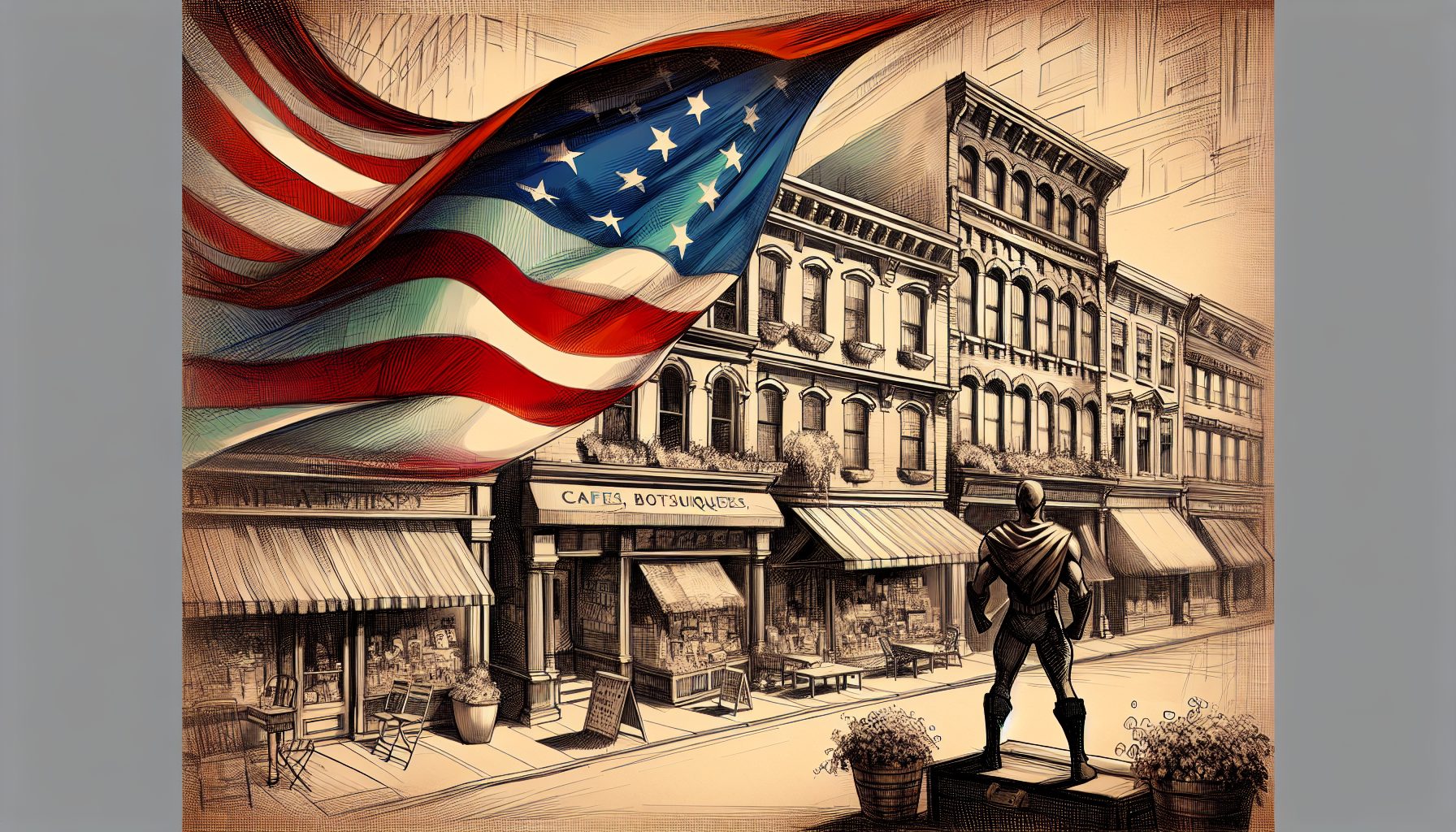Barbie dolls are dangerous? Say it isn’t so, Mattel.
The sweetheart doll loved by generations of American children was among the millions of toys recalled last fall because of magnets that could become dislodged, lead paint, and other toxic contaminants.
While importers and manufacturers of a wide range of products including food, tires and children’s cribs argue over who’s at fault, a little-known federal system that is not yet fully functional could have prevented those tainted toys and other goods from entering U.S. ports.
More than 71,000 cargo containers enter American seaports daily. But the U.S. Homeland Security’s new online system for tracking the contents of these containers, called the Automated Commercial Environment (ACE), won’t be entirely operational until 2011.
Homeland Security’s Customs and Border Protection (CBP) agency has already spent $1.5 billion trying to get ACE to work, and the tab is expected to soar to $3.3 billion, assuming Congress agrees to pony up the additional funding?anything but a sure thing.
That’s a shame, because the facts are overwhelming proof that America faces an epidemic of dangerous, defective and potentially deadly products arriving through its ports. In 2006, 467 products were recalled because they contained hazardous materials such as lead, were prone to failures such as the separation of treads on a tire, contained carcinogenic materials, or otherwise posed a serious health risk to consumers.
In 2007, there was an average of 28 products recalled weekly, or about four each day. Sixty percent of all products recalled in 2006 came from China, and 100 percent of toys recalled in 2007 were made in China.
But since ACE is being rolled out gradually over several years, government agencies such as the Consumer Product Safety Commission won’t be able to access CBP’s detailed manifest data for incoming vessels docking at U.S. ports until late 2008 at the earliest. Starting in fall 2008 CBP plans to begin shifting the processing of rail and vessel manifest information to the ACE system from its mainframe-based predecessor, the Automated Control System (ACS). An antiquated terminal emulation system built during the Reagan administration. ACS is scheduled for complete replacement by 2011.
"In the fall of 2008 we will start turning off the vessel and rail manifest processing in ACS," says Lou Samenfink, executive director of CBP’s Cargo Systems Program Office in charge of ACE. "There will be a three-month conversion to get all carriers to direct vessel information into ACE."
What’s taking so long? Well, for one thing, systems integration.
"Getting ACS linked up to ACE is a problem," Samenfink admitted to a gathering of trade brokers and shippers in San Francisco in November. "I know we are going to have a lot of these interface issues until we completely turn off the whole ACS system."
Another problem is inadequate staff to handle the epidemic of unsafe and hazardous goods. Out of a staff of 400, CPSC has only five employees who can access the ACE portal. What’s more, detailed shipment data that is available to Customs employees via the legacy system isn’t available to CPSC workers via ACE, because the systems have yet to be fully integrated. As a result, only a portion of the older system’s functionality currently is available through the ACE portal.
In fact, critics in Congress and consumer watchdog agencies lament CPSC’s short-staffing in the face of the hazardous consumer goods onslaught. Because of this mismatch, Congress is considering a bill that would boost the agency’s staff by 100 or more and increase its budget $141.7 million by 2015. It also would boost the maximum fine the product safety commission can levy against a manufacturer or importer in violation from the current $1.85 million to $100 million. Manufacturers are lining up in opposition to the bill.
A Bush Administration plan would put the onus for curtailing hazardous products on U.S. importers, who would be responsible for testing of products at factories overseas before they are shipped here. Considered more favorable to manufacturers and importers, it would raise the maximum fine the CPSC could levy to $10 million.
Additional funding or not, CPSC brass salivate at the prospect of getting their hands on the detailed shipment information ACE would offer. "Our early experience with using the ACE system indicates that it will provide us with better data at an earlier point in the process so that our port inspection activities can be precisely targeted and thus more effective," CPSC acting chairwoman Nancy A. Nord told a Senate committee in July.
Page 2:








